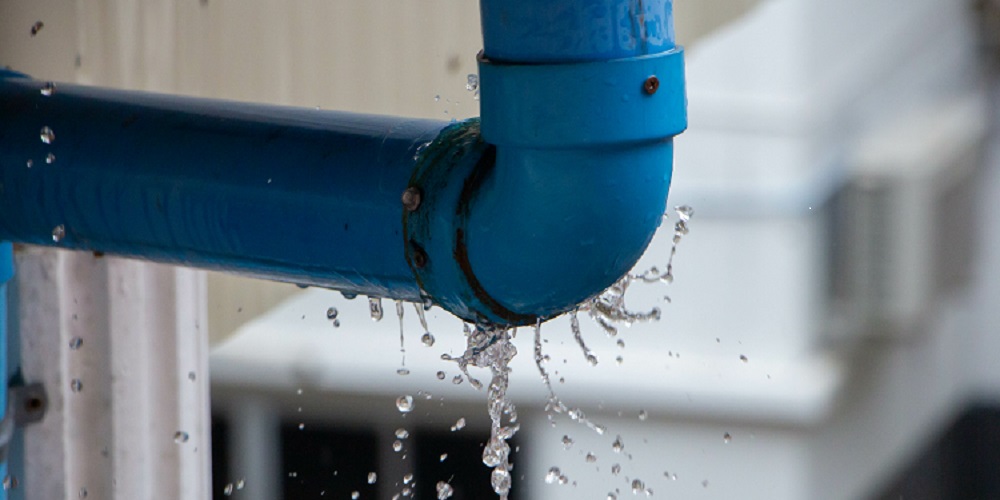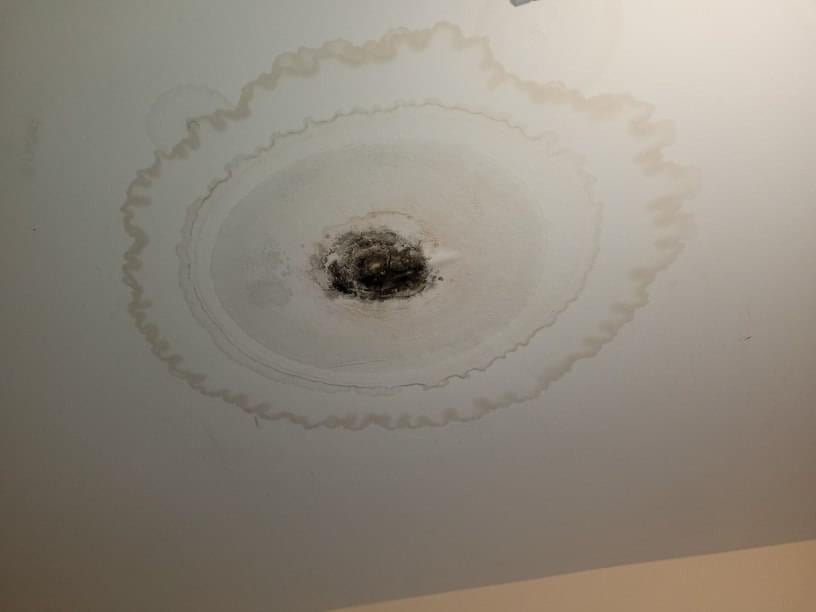Were you searching for information and facts concerning Locating water leaks?

Early detection of dripping water lines can minimize a potential catastrophe. Some tiny water leakages may not be noticeable.
1. Analyze the Water Meter
Inspecting it is a surefire method that aids you find leaks. If it moves, that shows a fast-moving leakage. This implies you might have a slow-moving leak that can even be below ground.
2. Check Water Intake
If you find unexpected modifications, despite your usage being the very same, it means that you have leaks in your plumbing system. An unexpected spike in your expense suggests a fast-moving leakage.
A steady increase every month, also with the very same behaviors, reveals you have a slow-moving leakage that's likewise slowly intensifying. Call a plumber to completely check your residential property, particularly if you feel a cozy area on your flooring with piping beneath.
3. Do a Food Coloring Test
30% comes from commodes when it comes to water intake. Test to see if they are running properly. Drop flecks of food shade in the tank and also wait 10 minutes. If the shade somehow infiltrates your bowl during that time without flushing, there's a leakage in between the container and dish.
4. Asses Exterior Lines
Do not fail to remember to examine your outside water lines too. Test faucets by connecting a yard pipe. Should water seep out of the link, you have a loosened rubber gasket. Change this and also make sure all connections are limited. If you've got a sprinkler system, it will aid get it skillfully analyzed and also preserved every year. One small leak can lose lots of water and surge your water bill.
5. Check as well as Analyze the Scenario
Property owners should make it a behavior to check under the sink counters and also even inside closets for any type of bad odor or mold growth. These 2 red flags show a leak so timely focus is required. Doing regular evaluations, also bi-annually, can conserve you from a major issue.
Inspect for stainings and compromising as the majority of home appliances as well as pipes have a life span. If you suspect leaking water lines in your plumbing system, do not wait for it to intensify.
Early detection of leaking water lines can minimize a possible disaster. Some small water leaks may not be visible. Checking it is a surefire way that aids you find leakages. One tiny leakage can squander lots of water and spike your water expense.
If you presume leaking water lines in your plumbing system, don't wait for it to intensify.
How to Know If Your Home Has a Hidden Leak
Water Meter Reveals Inexplicable Water Usage
If you’d like to test whether or not there’s a leak somewhere in your home, you can do this using your water meter. Here is how to conduct the test:
Don’t use any water in your home for at least 30 minutes; this also means not turning on faucets or water-using appliances.
Go outside, and check your water meter for activity.
If your water meter shows that there was activity, even though no one was using any water, this proves that there is a leak in your home.
Visible Mold or Mildew Growth
Leaks behind walls create moist, dark environments that allow mold and mildew to grow and thrive. Eventually, you might see mold growth forming on the wall closest to a hidden leak.
If mold is growing in an area that receives a high amount of moisture, such as a bathroom, it may simply be an indication that better ventilation is needed. However, if you see mold growth on a wall or the ceiling in an area where you would not expect, you probably have a hidden leak.
Musty, Mildew Odor
Sometimes you might not be able to see the mold or mildew that is growing as a result of a leak. However, the smell can give the problem away just as easily. If you catch a whiff of something musty, there’s a good chance that old water is collecting somewhere in your home that you can’t see.
Stained/Warped Walls, Ceilings, or Floors
When your home soaks up water, a variety of red flags can become visible, including ceiling stains, bubbling drywall, warped walls, and sagging floors. While these issues can be caused by excess humidity, they can also be signs that a pipe or plumbing connection has started leaking behind your walls.
Inexplicably High Water Bill
After a while, you get a general sense for what your water bill should be. If you own a pool or sprinkler system, your bill will tend to be higher during summer. However, if you receive a water bill that seems especially high, and you can’t figure out what caused it, then you may have a hidden leak somewhere that’s increasing your bill.
https://www.plumbingjoint.com/blog/2019/july/how-to-know-if-your-home-has-a-hidden-leak/

I came across that page on Finding hidden leaks when browsing on the web. Are you aware of anybody else who is excited by the niche? Why not share it. Thank you for your time. Come back soon.
Comments on “Overview To Water Leakage Detection At Home”